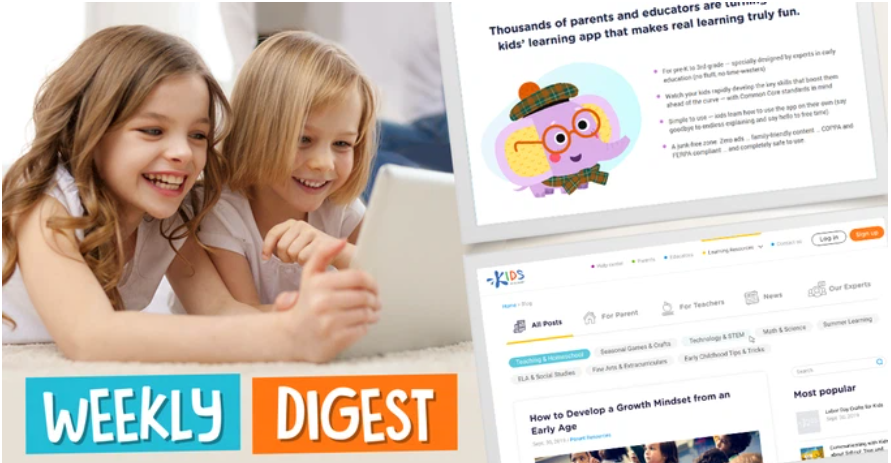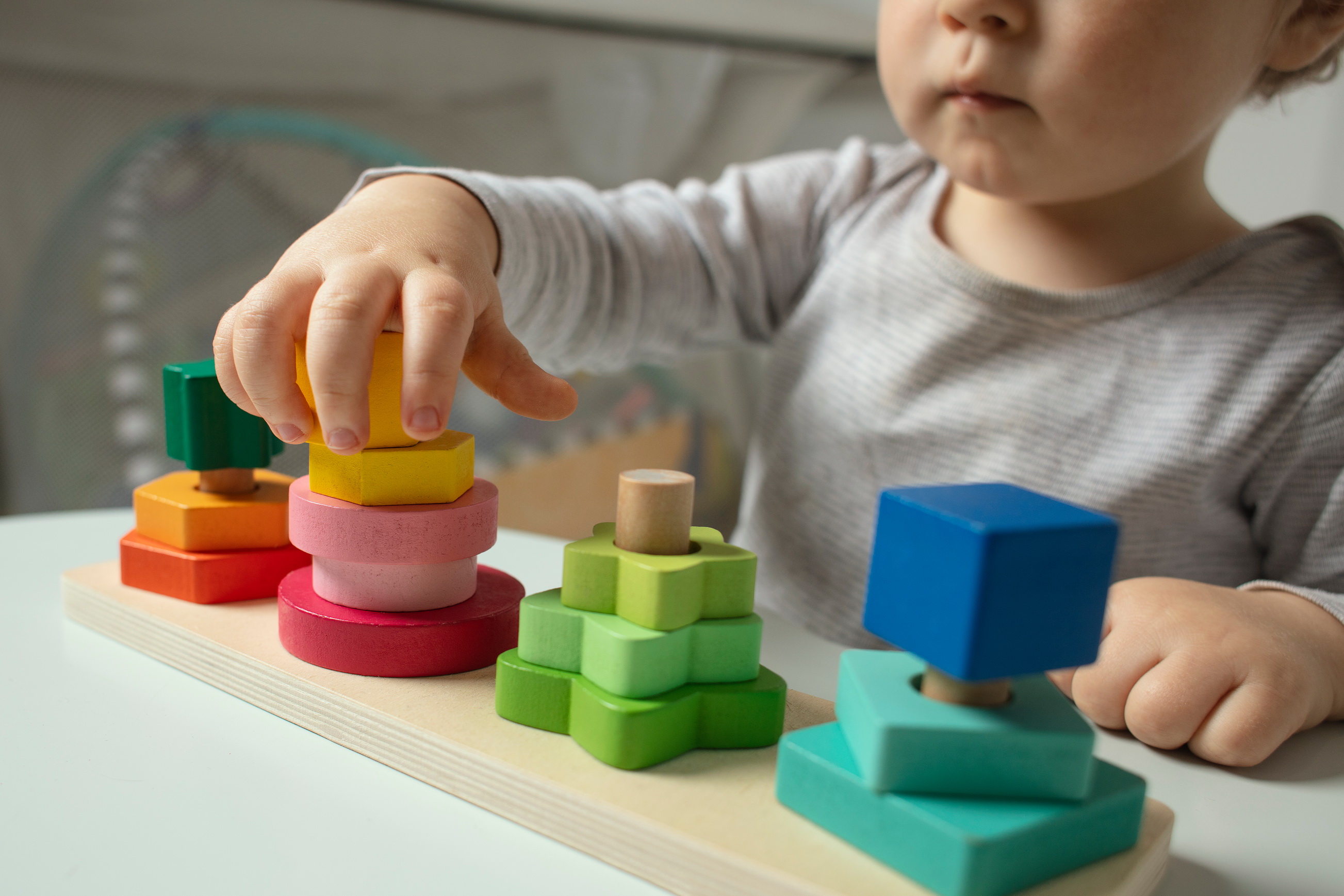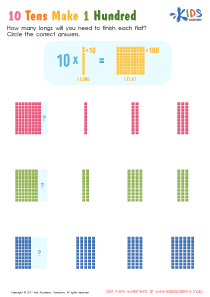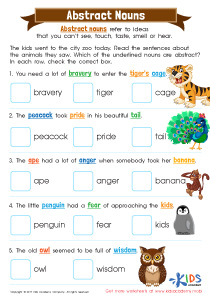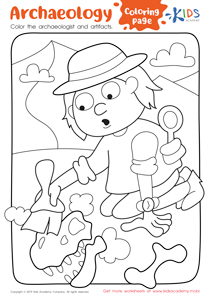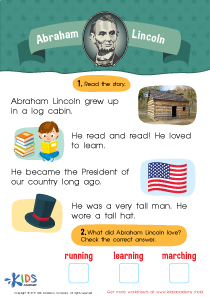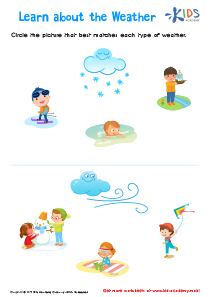Normal Building Vocabulary worksheets activities for 9-Year-Olds
1 filtered results
-
From - To
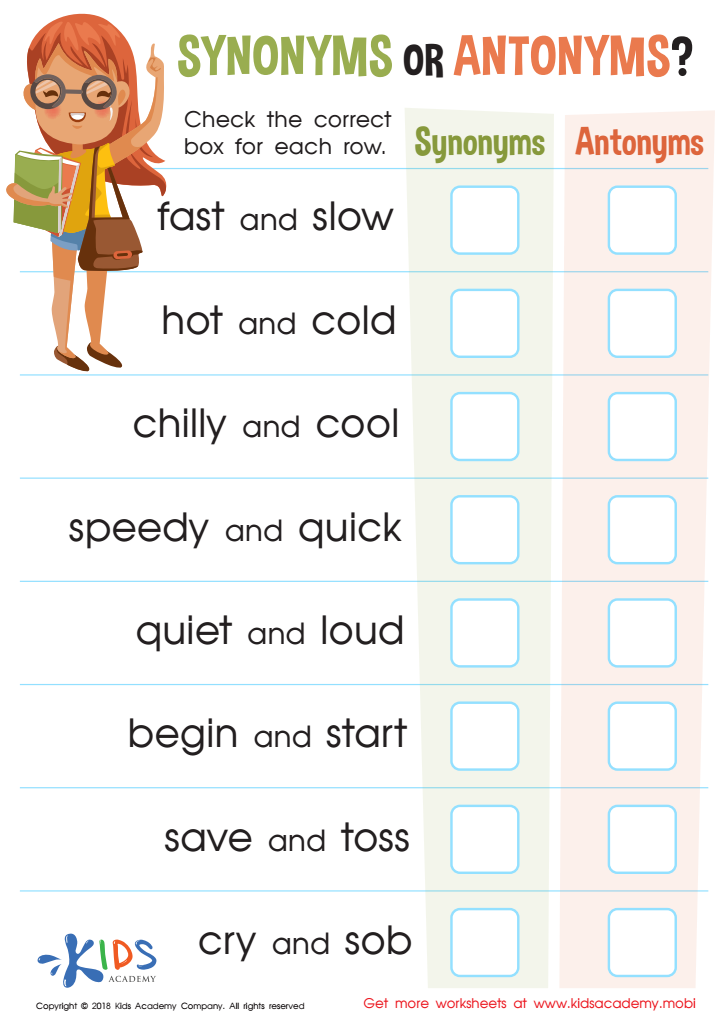

Synonyms or Antonyms: Assessment Worksheet
Normal Building Vocabulary worksheets activities are an essential tool in the language learning process, offering a structured and engaging way to enhance a learner's lexicon. These activities are designed to systematically increase a person's ability to understand and use new words, which is crucial for effective communication, reading comprehension, and overall linguistic proficiency.
One of the primary reasons why Normal Building Vocabulary worksheets activities are so beneficial is that they cater to a wide range of learning styles. Whether a learner is more visual, auditory, or kinesthetic, worksheets can be tailored to suit these preferences, ensuring that everyone has the opportunity to expand their vocabulary in a way that feels natural and effective for them.
Moreover, these activities often incorporate repetition and context, two key components in vocabulary acquisition. Through repeated exposure to new words within varied and meaningful contexts, learners are more likely to remember and correctly use these terms in their spoken and written expressions. This repetitive practice is not only effective but also increases the learner's confidence in deploying new vocabulary appropriately.
Another advantage of Normal Building Vocabulary worksheets activities is their versatility. They can be used in a classroom setting, for individual study, or even in group activities, making them a flexible resource for teachers and learners alike. Furthermore, these worksheets can be adapted to suit different age groups and proficiency levels, ensuring that learners are challenged just enough to stimulate learning without causing frustration or disinterest.
Additionally, these activities often encourage critical thinking and creativity. Many worksheets are designed to not just teach new words, but also to engage learners in using these words through problem-solving tasks, creative writing assignments, and discussions. This approach ensures that vocabulary building is not a rote memorization exercise but an integrated part of developing language skills and cognitive abilities.
In conclusion, Normal Building Vocabulary worksheets activities represent a valuable component of language education. They offer a structured, adaptable, and engaging way to enhance vocabulary, which is a cornerstone of effective communication and deeper understanding of a language. Through these activities, learners can enjoy a more enriched language learning experience, setting a solid foundation for their ongoing linguistic journey.
 Assign to the classroom
Assign to the classroom
.jpg)
